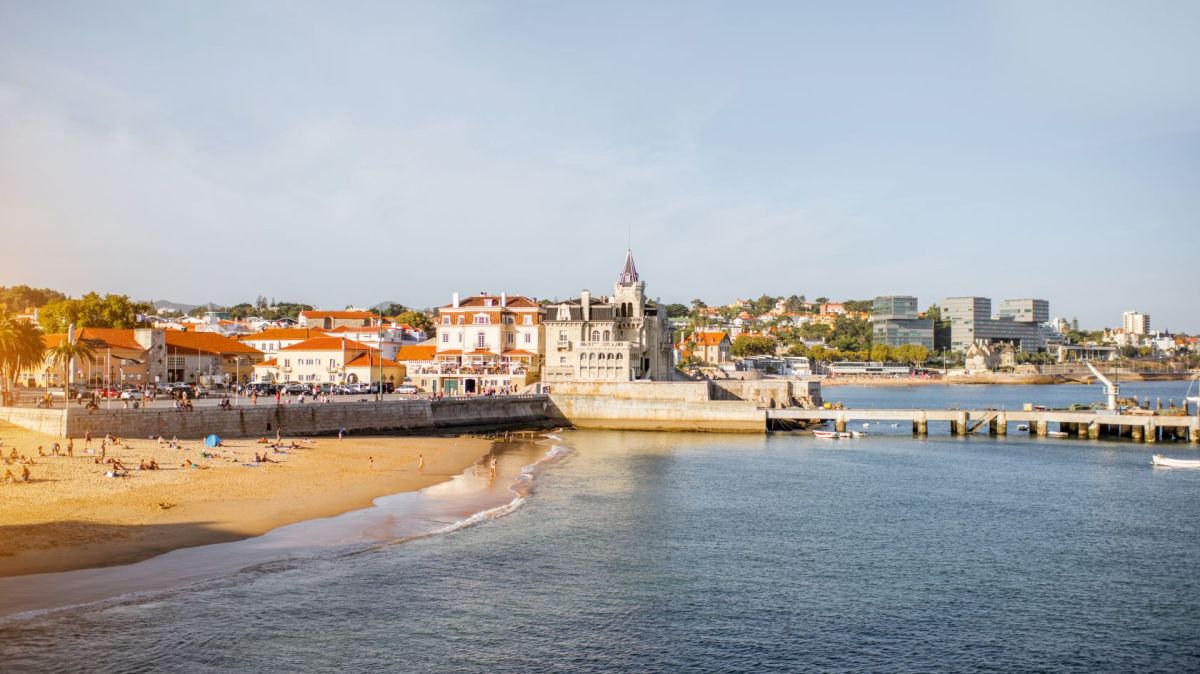The INE highlighted the decrease seen in the Azores (-8.7%).
“The data show that, in the last 20 years, the age of women giving birth has increased: the proportion of births to mothers between 35 and 39 years old has increased from 14% to 24%”, said the INE in the highlight.
Between 2023 and 2024, the number of births only increased in the Autonomous Region of Madeira (+2.4%), in the West and Tagus Valley (+1.2%), in Greater Lisbon (+0.9%) and in the Setúbal Peninsula (+0.1%), according to the same source.
“In the other regions, a decrease was observed, which was more pronounced in the Autonomous Region of the Azores (-8.7%), but also in the North (-3.5%) and in the Alentejo and Algarve (in both cases, -2.4%)”, according to the INE.
Of the total number of births that occurred last year, 99.7% (83,772) were to women residing in the country and 0.3% (287) to women residing abroad.
Foreign mothers
In 2024, the proportion of births to mothers of foreign nationality was 26.3%, a figure that was more significant in municipalities in the Algarve and Greater Lisbon and less frequent in the Autonomous Regions, in the north and centre and in the interior of the Alentejo.
“More than half of the women were of foreign nationality in Aljezur (68.4%), Vila do Bispo (64.7%), Odemira (62.5%) and Albufeira (52.8%)”, reads the document, which also highlights, with a proportion above 45%, the municipalities of Pedrógão Grande (50.0%), Amadora (48.1%), Entroncamento (47.2%) and Odivelas (45.5%).
In 80% of births in 2024, mothers were between 25 and 39 years old (67,201 births), and in one third of all births, women were between 30 and 34 years old.
In the same year, there were 20 births to minors aged between 10 and 14 years old.
Of the 84,059 births performed the year before last, 71.3% were attended by a doctor, 27.9% by an obstetric nurse. A percentage of 0.8% were attended by a non-obstetric nurse, none or unknown.
According to the available data, 82,911 births were performed in a hospital, 841 at home and 307 elsewhere.
“The proportion of dystocic births (with instrumental interventions such as forceps and ventouse, or by caesarean section) performed in hospitals has increased, particularly with regard to caesarean sections: between 1999 and 2023, they rose from 27% to 37% of births performed in hospitals”, indicated the INE.














